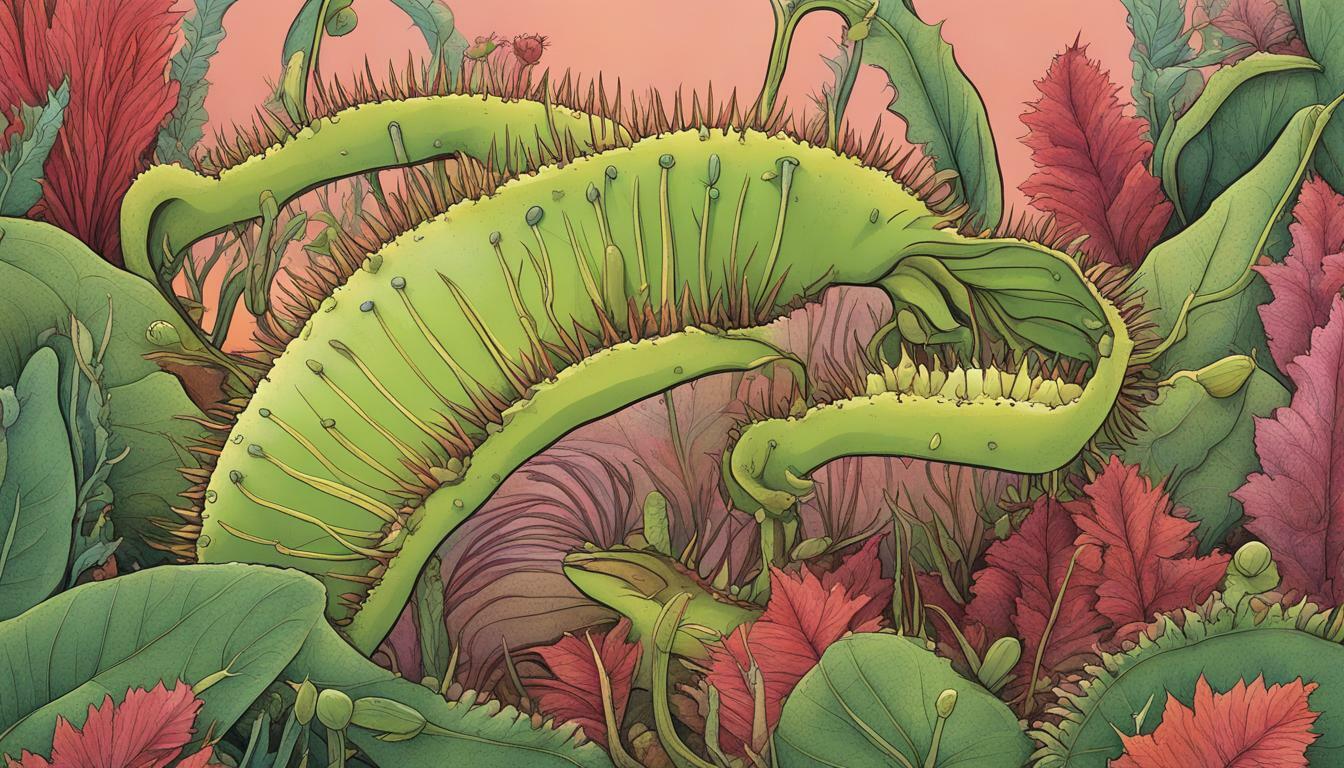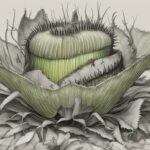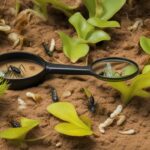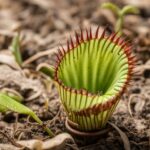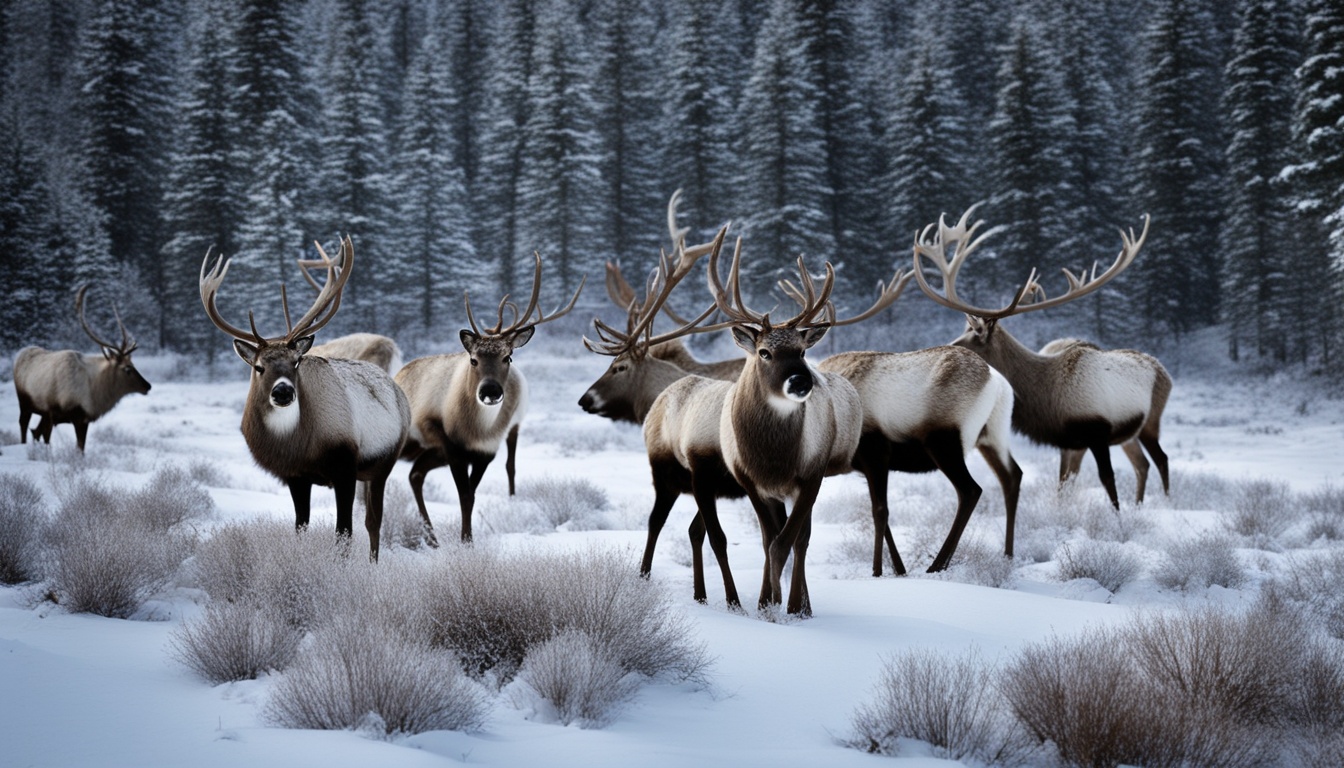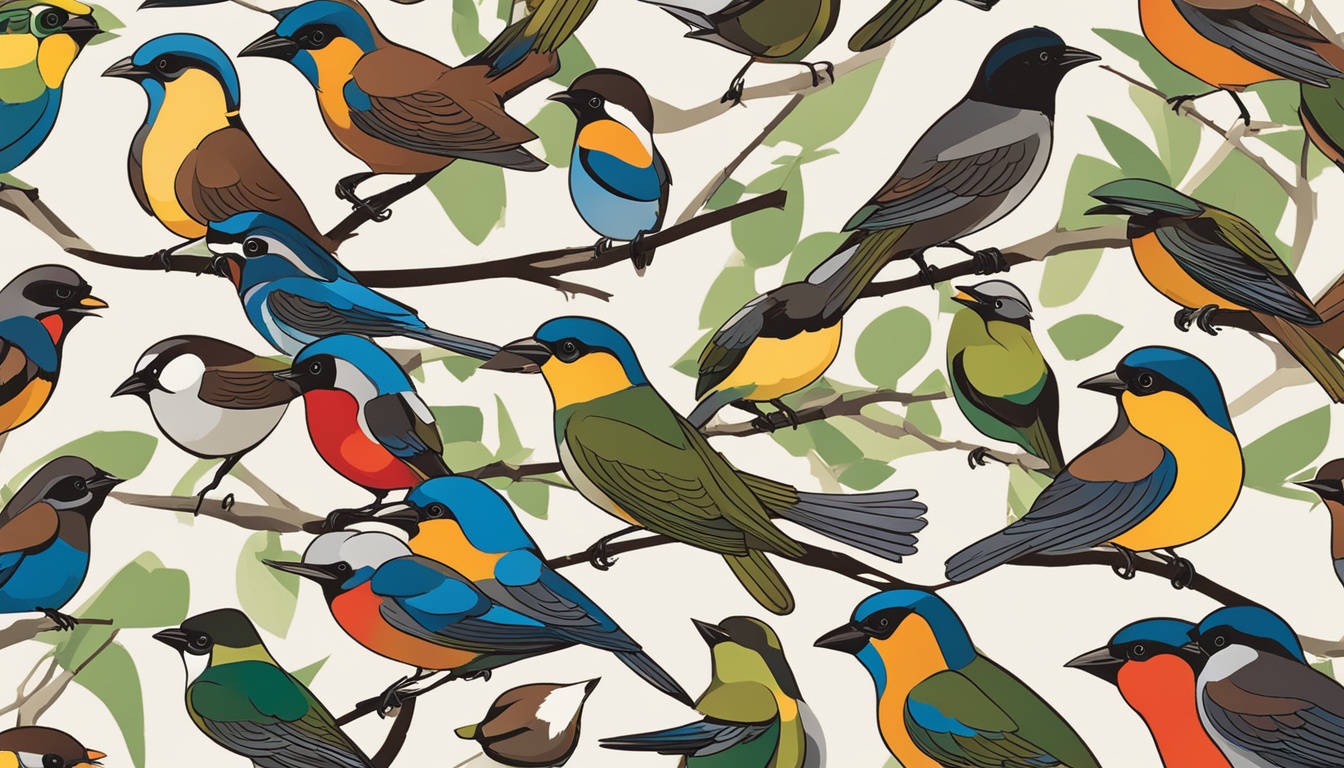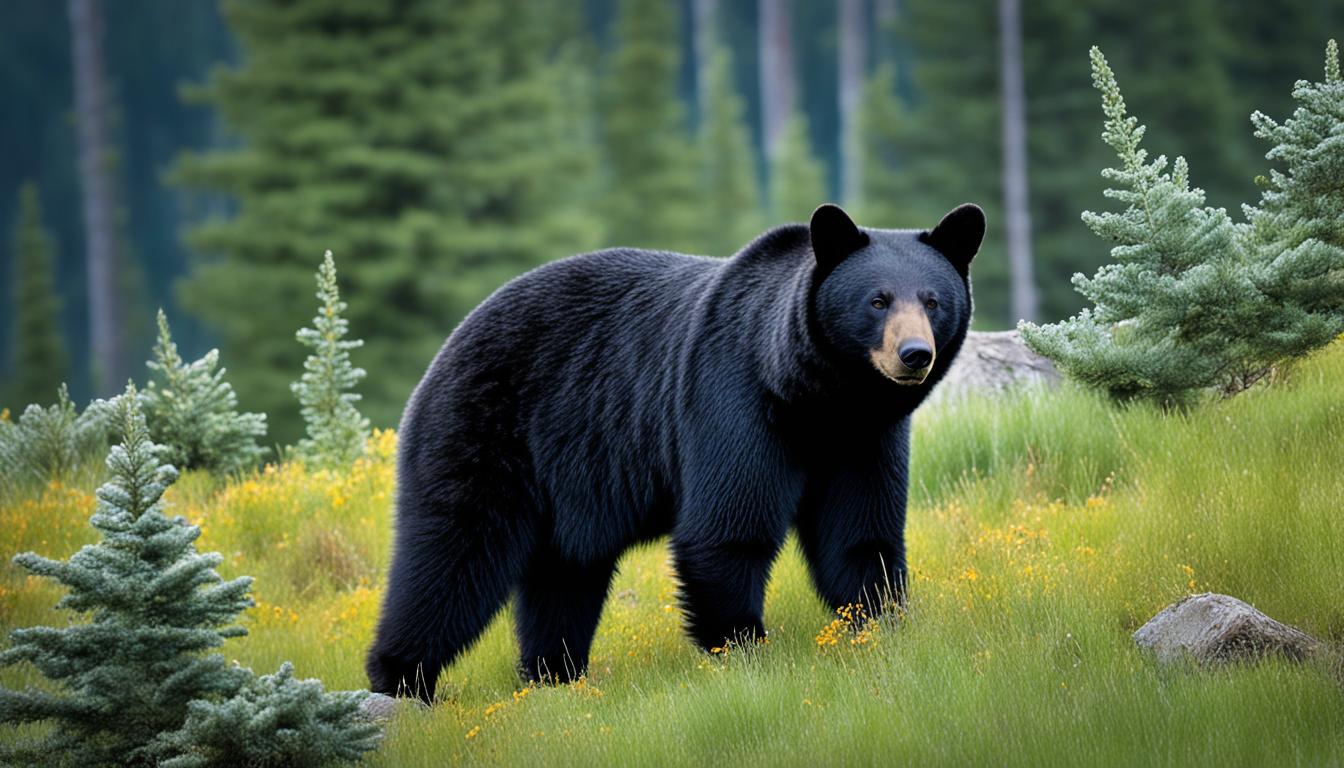If you’re fascinated by carnivorous plants, the Venus Flytrap is among the most intriguing. This plant’s unique structure and behavior have captured the attention of scientists and plant enthusiasts alike, but where does it come from?
The Venus Flytrap is a native of the southeastern United States, where it grows in specific habitats with unique conditions that enable it to thrive. The plant’s natural range is limited, but it has been cultivated and introduced to other parts of the world.
Key Takeaways:
- The Venus Flytrap is a carnivorous plant that grows in specific habitats in the southeastern United States.
- The plant’s natural range is limited, but it has been cultivated and introduced to other parts of the world.
Venus Flytraps in Their Natural Habitat
When you think of Venus Flytraps, you might imagine them in a terrarium or greenhouse. However, these unique plants actually have a specific natural habitat where they thrive.
The Venus Flytrap ecosystem is found in wetland areas along the coast of North and South Carolina in the United States. Specifically, they are commonly found in the bogs and fens of the region. These habitats are characterized by acidic, nutrient-poor soil, and a high water table.
But what makes this environment suitable for Venus Flytraps? In these wetland areas, there is constant moisture in the soil. However, since the soil is so nutrient-poor, the plants have to find alternative ways to obtain what they need to survive. That’s where their carnivorous nature comes into play.
Venus Flytraps have adapted to their natural environment by creating intricate traps to capture and digest insects. They use the energy from these insects to compensate for the lack of nutrients available in their soil.
It’s important to note that Venus Flytraps are not the only carnivorous plants found in these habitats. Pitcher plants and sundews are also commonly found in these wetlands, creating a unique ecosystem of insect-eating flora.
Venus Flytraps in Their Natural Habitat
In addition to their preferred soil conditions, Venus Flytraps also require specific levels of sunlight and temperature to survive. They need full sunlight for at least six hours a day to properly photosynthesize and grow. Additionally, they require a warm climate, with temperatures around 70-95°F and high humidity levels.
Overall, Venus Flytraps have a very specific natural range and habitat where they can flourish. It’s important to understand and preserve these environments to ensure the continued existence of these fascinating and unique plants.
Native Habitats of Venus Flytraps
Now let’s explore the regions where Venus Flytraps naturally occur. These fascinating plants are indigenous to the coastal bogs and savannahs of the southeastern United States, including parts of North Carolina, South Carolina, and northern Florida.
Venus Flytraps thrive in acidic and nutrient-poor soils, where other plants struggle to survive. The soil is typically sandy, with a high proportion of sphagnum moss, which provides the necessary moisture retention. These habitats are typically open and sunny, with a high water table, which provides a consistent source of moisture for the Venus Flytrap’s roots.
These native habitats of Venus Flytraps are unique and fragile ecosystems that are under threat due to habitat destruction, over-collection, and invasive species encroachment. It is crucial that we protect these habitats if we want to ensure the continued survival of these fascinating plants.
Preferences and Adaptations of Venus Flytraps
Venus Flytraps are unique and fascinating plants that have developed distinct preferences and adaptations to thrive in their natural environments. These carnivorous plants have adapted to specific natural conditions where they can trap their prey and obtain essential nutrients. Here are some factors that contribute to their survival:
- Soil and Water: Venus Flytraps grow in nutrient-deficient soil that is usually very acidic and low in minerals. They require consistent moisture levels, which means they thrive in wetlands, bogs, and other waterlogged areas.
- Sunlight: Venus Flytraps need ample sunlight to grow. They prefer direct sunlight for at least six hours a day, though they can also grow in partially-shaded areas.
- Temperature: Venus Flytraps grow best in warm temperatures between 70-95°F (21-35°C) during the day and cooler temperatures at night, between 40-70°F (4-21°C).
- Humidity: Venus Flytraps require high humidity levels to survive. They do best in areas with at least 50% humidity.
- Precipitation: Venus Flytraps are adapted to areas with consistent rainfall throughout the year. They do not tolerate drought well and require regular rainfall.
- Prey: Venus Flytraps have evolved to capture and consume insects to compensate for their nutrient-deficient soil. They are adapted to trap prey with their unique leaf structure and secrete enzymes to digest the insects.
Overall, Venus Flytraps require specific natural environments to thrive. These preferences and adaptations have evolved over time to ensure their survival and allow them to obtain the nutrients they need to grow. It is important to preserve these natural habitats to protect these fascinating and unique plants.
Venus Flytrap’s Origins and Evolution
Venus Flytraps are native to a small area in the southeastern United States, primarily in the coastal plains of North and South Carolina. They are also found in parts of Virginia and Florida. These carnivorous plants are unique in their ability to trap and digest insects, which helps them survive in nutrient-poor soil.
The Venus Flytrap’s natural range is limited, but they have adapted to thrive in their specific habitats. They are found in wet, boggy areas with high humidity levels and acidic soil. These environments provide the perfect conditions for their survival, as they require plenty of moisture to grow and trap prey.
The Venus Flytrap’s natural range has remained relatively unchanged over time, as they are a relatively young genus. They evolved around 65 million years ago, during the Cretaceous period. Their unique characteristics evolved as a response to their specific habitats. Their carnivorous tendencies are believed to have developed due to their need for nutrients in the nutrient-poor soil of their habitats.
The Venus Flytrap’s natural range has come under threat in recent years due to habitat loss and destruction. As their habitats are very specific, any damage to their ecosystem can have a significant impact on their ability to thrive. It’s crucial to protect their natural habitats, particularly the wetlands they rely on for survival.
Preserving the Venus Flytrap’s natural range is essential for their continued existence. By protecting their specific habitats, we can ensure that these unique carnivorous plants continue to thrive in their natural environments.
Conclusion
Congratulations! You now have a better understanding of the natural habitats and range of Venus Flytraps. These carnivorous plants have adapted to thrive in specific environments, using their unique abilities to trap prey and supplement their nutrient intake.
It is important to remember that Venus Flytraps are native to specific regions, and preserving their natural habitats is crucial for their continued existence. As human activities continue to impact the environment, it is our responsibility to ensure that we do not disturb the delicate balance that supports these incredible plants.
By learning about their natural environments and how they have adapted to survive, we can appreciate the beauty and complexity of these incredible plants. Remember to take care when visiting areas where Venus Flytraps grow naturally, and always leave them undisturbed for future generations to enjoy.
Is the Natural Habitat of Venus Flytraps Similar to the Best Soil for Them?
The natural habitat of Venus Flytraps greatly influences their growth. These carnivorous plants thrive in acidic, nutrient-poor soils, making the best soil for venus flytraps similar to their native habitat. The soil should be well-draining and must retain adequate moisture. Maintaining the right soil conditions ensures the optimal growth and health of these fascinating plants.
FAQ
Q: What are the natural habitats of Venus Flytraps?
A: Venus Flytraps are native to the wetlands of North and South Carolina in the United States. They can primarily be found in boggy areas with acidic soil and plenty of sunlight.
Q: What is the ecosystem where Venus Flytraps inhabit?
A: Venus Flytraps are part of a unique ecosystem called the Carolina Bay, which is characterized by shallow depressions filled with acidic, nutrient-poor water. These bays provide the perfect conditions for the growth of Venus Flytraps and other carnivorous plants.
Q: Where do Venus Flytraps naturally occur?
A: Venus Flytraps are native to the southeastern United States, specifically the coastal plain of North and South Carolina. They can be found in a few other scattered locations, but their natural range is limited.
Q: What are the preferences and adaptations of Venus Flytraps to their natural environments?
A: Venus Flytraps have adapted to thrive in nutrient-poor environments by developing their unique carnivorous trapping mechanism. They prefer acidic soils, high humidity, and abundant sunlight to grow and reproduce successfully.
Q: How have the natural habitats shaped the characteristics of Venus Flytraps?
A: The acidic bogs and wetlands where Venus Flytraps are found have influenced their development and shaped their carnivorous nature. The scarcity of nutrients in these habitats led to the evolution of their unique trapping mechanism as a way to supplement their nutrient intake.

